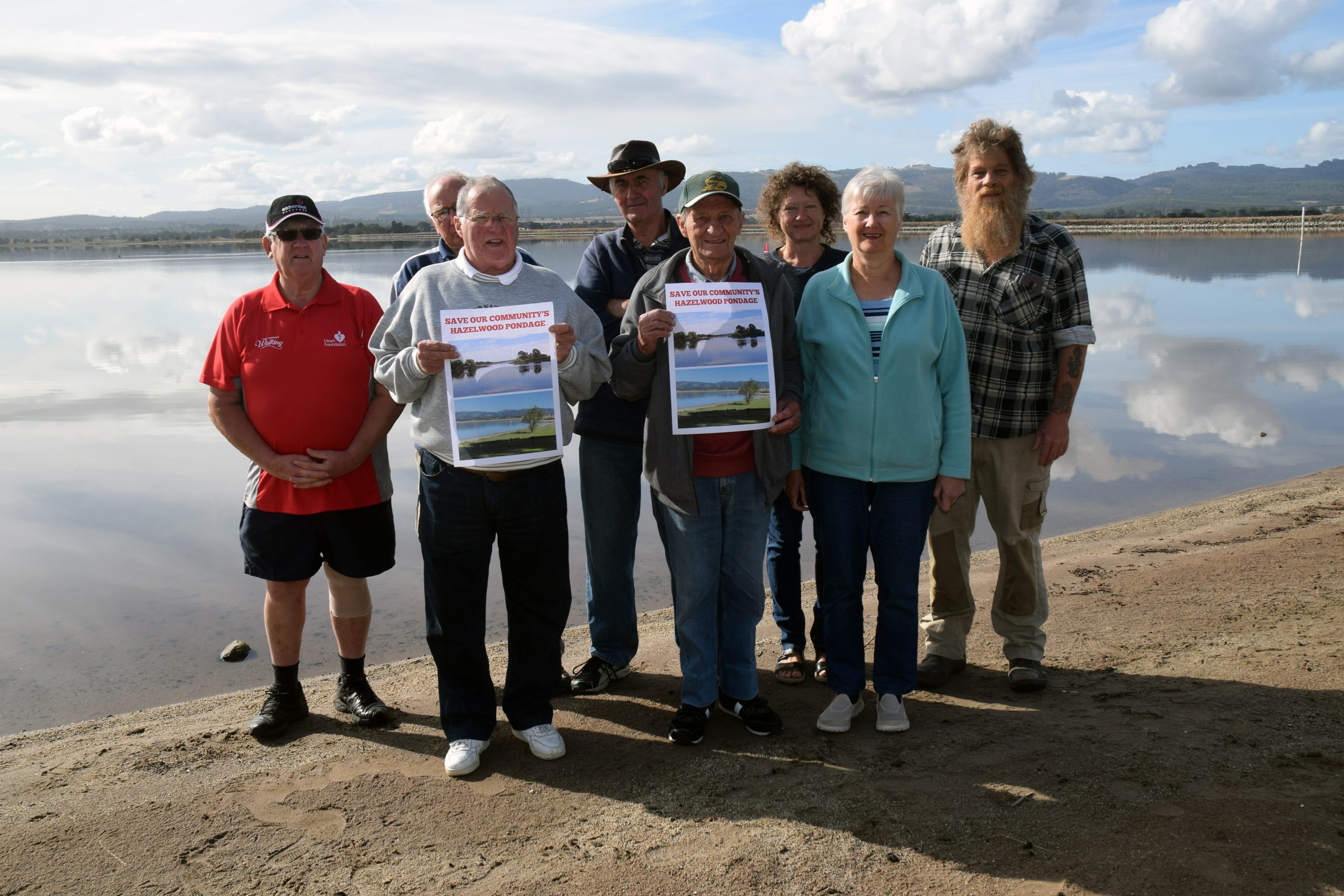Related coverage: Focusing on planning permits
WITH just six weeks to go until the Federal Government enters ‘caretaker mode’, rendering it unable to fund new projects, it is under renewed pressure to focus on the Latrobe Valley.
The release this week of more adverse data ranking the Latrobe Valley among the nation’s most troubled regions prompted regional stakeholders to stress the urgency for local announcements.
A comprehensive Regional Australia Institute index just released, showed, of Australia’s 560 regions, Latrobe Valley’s unemployment rate ranked 493, its labour force participation ranked 447 and welfare dependency ranked 506.
Last week several Gippsland delegations met with Federal Government, Opposition and departmental representatives, in a last-ditch attempt to convince decision makers of the need to prioritise regional projects.
Both the One Gippsland advocacy group, comprising representatives of multiple regional organisations, and the Australian Local Government Association National Congress were in Canberra advocating for Valley-based projects.
Sources later told The Express time was of the essence in terms of securing serious funding support from the Federal Government in the lead-up to a September election.
Latrobe City Council chief executive Paul Buckley said Federal Regional Services Minister Catherine King indicated she was analysing cases put forward for funding for the Moe Railway Revitalisation Project, costed at between $15 million to $20 million, and a Latrobe Community Health Services proposed medical training facility which requested $5 million in federal funds.
“She said we could expect to hear something in the not too distant future,” he said.
The Federal Government enters caretaker mode on 12 August preventing it from allocating new grants and funding, suggesting if any announcements are looming for the Valley they would need to be made soon.
Ms King confirmed she would respond shortly to Latrobe Valley Transition Committee advice on “additional priorities” for Gippsland.
While recent federal budget figures showed an average of less than $2 million per year over six years had been set aside to facilitate the Valley’s ‘diversification’, The Express understands the government has the capacity to condense an allocation into the next few financial years, meaning it is possible a project could secure a larger sum sooner.
The case for assistance was further bolstered by RAI data confirming the Valley’s employment statistics placed it among Australia’s lowest ranked local government areas and ranking Latrobe 508 of 560 municipalities for ‘labour market efficiency’.
Latrobe was the lowest ranked of Gippsland’s six municipalities across indicators including unemployment, youth unemployment and welfare dependency, the latter being 23.9 per cent.
Conversely, however, Latrobe was ranked in the top 100 municipalities for access to rail infrastructure, general practitioner services, hospital services and technical or further education – the highest of Gippsland’s local government area’s for ‘infrastructure and essential services’, at 149.
Mr Buckley said the labour market figures were “not surprising” and highlighted the need for state and federal government support to grow regional employment and diversify the economy.
“Obviously significant job cuts have occurred in the coal and energy industry which is part of the reason for the higher levels of unemployment and welfare dependency.
“It demonstrates the importance for the support that we receive from the State Government through initiatives such as Latrobe Valley Advantage Fund and is why we are continually looking for support from Federal Government to support the diversification of our economic base,” he said.
Gippsland is still waiting on announcements from round four of the Regional Development Australia Fund, with both a potential Patties expansion project in East Gippsland and the Gippsland Aquatic Centre, shortlisted.
Some sources indicated they were concerned neither project would be funded and Federal Member for Gippsland Darren Chester said it was “outrageous” projects in Melbourne, Perth and Sydney suburban areas had already secured $60 million from RDAF’s round four “while worthwhile projects in Latrobe have missed out” (on initial allocations).
A spokesperson for Ms King argued more than half of the funding available under RDAF rounds one to four had “gone to non-government held seats, some of them with margins of more than 20 per cent held by Independents, Liberals and Nationals”.










